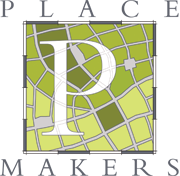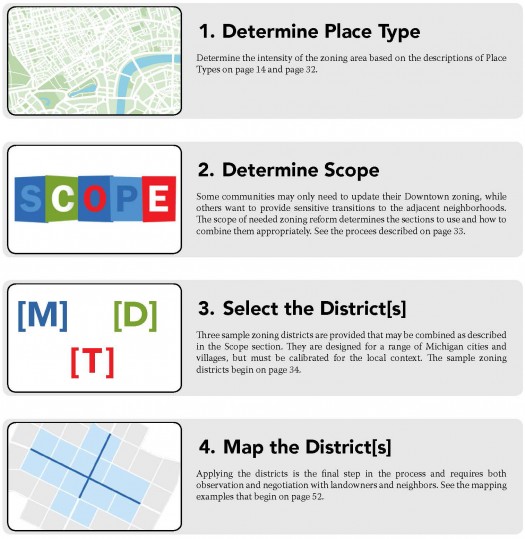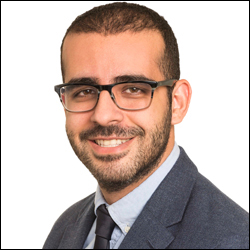Public Policy
Climate Change Update, Part I: The End is Near (Really)
Back in 2011 when we were emerging from the Great Recession, I wrote an “End Is Near” post about the chance to make use of the crisis. When you run out of all options except the ones that force you to think big,” I wrote, a little panic could be a good thing: “We are…
Read MoreBetter Places for Changing Populations: AARP has some ideas
Between now and April 17, AARP, the largest advocacy organization for seniors, is inviting government entities and non-profits to apply for a Community Challenge grant. This program, now in its third year, is a good one. Not just for retirement-aged crowd, and not just for the support it provides for individual projects.
Read MoreA new path to code reform
The Users’ Guide to Code Reform leads planners through the code reform process, providing tools for governments lacking the capacity to develop a full form-based code.
Read MoreTools to Stop Coming Up Short on Affordable Housing
In the weeks before the Congress for the New Urbanism conference in Savannah, GA, May 15-19, we’re presenting interviews with experts contributing to a day-long exploration of “Affordability: The Intersection of Everything.” A three-hour morning forum on Thursday, May 17, kicks off the discussion, followed by two break-out sessions that afternoon. Below is an interview…
Read MoreAffordable Housing Finance: Show me the money
In the weeks before the Congress for the New Urbanism conference in Savannah, GA, May 15-19, we’re presenting interviews with experts contributing to a day-long exploration of “Affordability: The Intersection of Everything.” A three-hour morning forum on Thursday, May 17, kicks off the discussion, followed by two break-out sessions that afternoon. Below is an interview…
Read MoreNew Housing Finance (Mostly) Without the Feds
In the weeks before the Congress for the New Urbanism conference in Savannah, GA, May 15-19, we’re presenting interviews with experts contributing to a day-long exploration of “Affordability: The Intersection of Everything.” A three-hour morning forum on Thursday, May 17, kicks off the discussion, followed by two break-out sessions that afternoon. Below is an interview…
Read MoreAffordability in Context: Part II
In the weeks before the Congress for the New Urbanism conference in Savannah, Georgia, May 15-19, we’re presenting interviews with experts contributing to a day-long exploration of “Affordability: The Intersection of Everything.” A three-hour morning forum on Thursday, May 17, kicks off the discussion, followed by two break-out sessions that afternoon. Below is Part II…
Read MoreCommunity Affordability in Context: It’s not just about the house
Next month, May 15-19, when the Congress for the Urbanism holds its conference in Savannah, one day’s focus will be on “Affordability: The Intersection of Everything.” Between now and the beginning of the conference, we’ll present a series of Q&As with participants in that day’s discussion. Leading off is Scott Bernstein, a founder of the…
Read MoreThe Science Is In: The healthiest neighborhoods are both walkable and green
Most of us, most of the time, don’t make much connection between place – the neighborhoods where we live, work, and play – and our health. Not unless we’re thinking of such obvious local health concerns as an outbreak of infectious disease in the community, serious levels of pollution or toxicity nearby, or perhaps about local…
Read MoreClimate Change: Making the most of failure
Though it surely happens in sports at all levels, there’s one phenomenon that’s particularly common in youth sports: A game in which you’re so outmatched, so fundamentally inferior to your opponent that the outcome, minus Divine or supernatural intervention, is essentially guaranteed. You’re going to lose.
Read More


